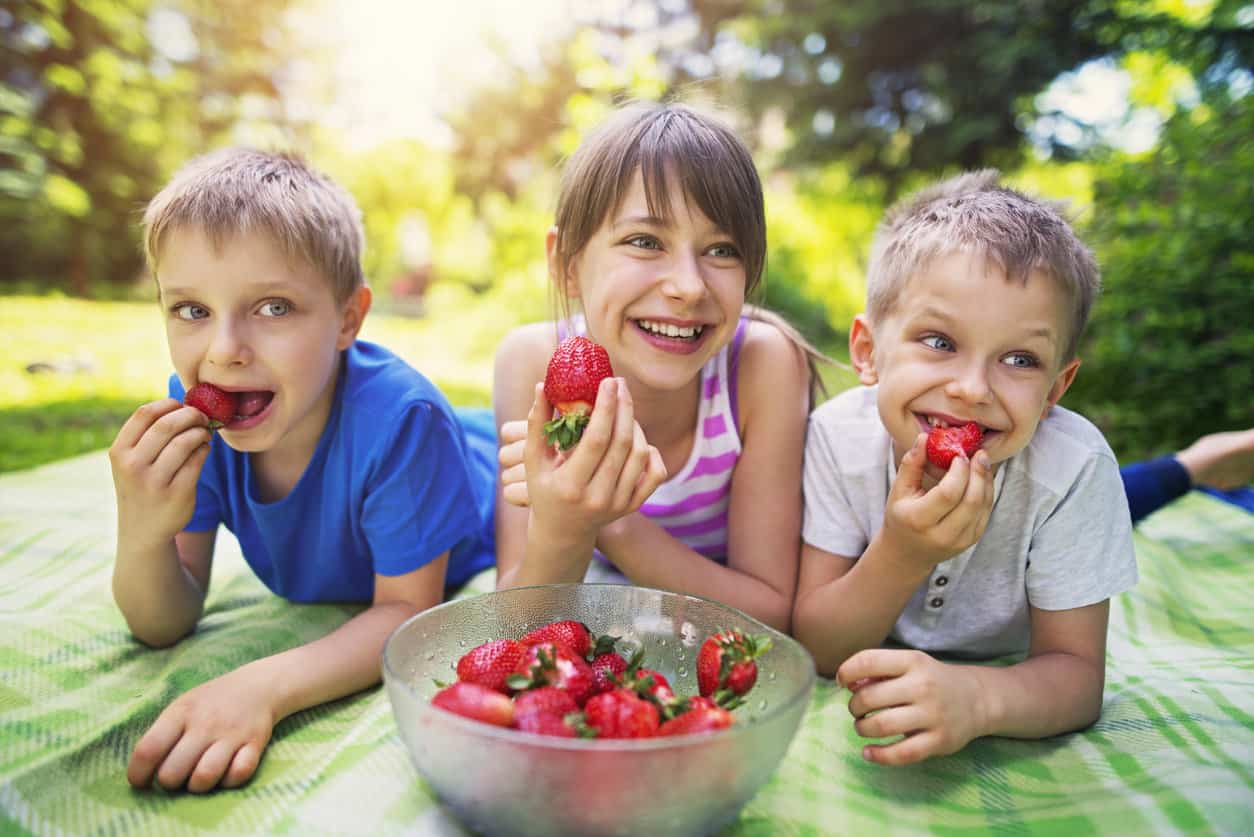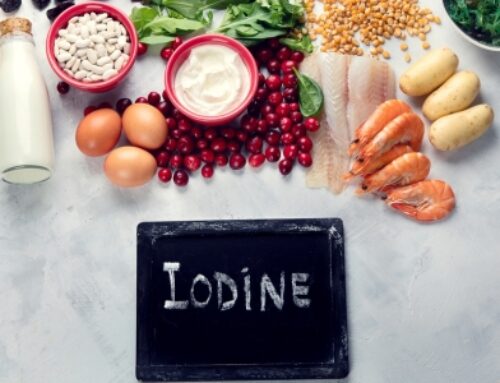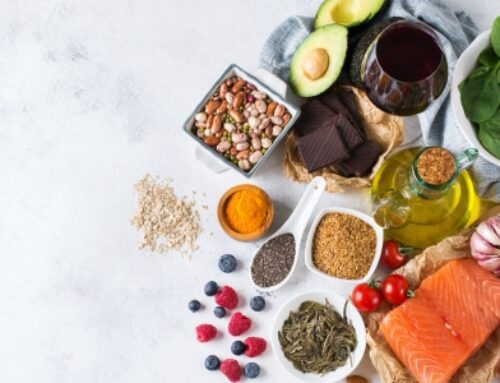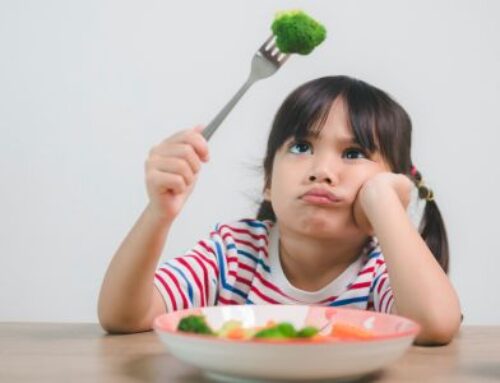
We all want our children to grow up eating a wide variety of foods and having the confidence to choose foods that are going to keep them healthy.
It can be easy to steer them away from certain foods in the hope that it will encourage them to eat vegetables. In doing this, we need to be mindful of how we refer to certain foods so that they can grow up having a long and healthy relationship with it.
Ditch the ‘good’ and ‘bad’ mindset
It’s easier to refer to foods such as vegetables as ‘good’ and lollies as ‘bad’. We naturally do this because we know vegetables have lots of vitamins and minerals for growing bodies, whereas lollies are high in sugar. However, other confusing messages about other foods creep in, especially when kids overhear adult conversations – for example, someone said carbohydrates are ‘bad’.
By teaching kids that some foods are ‘bad’ and some foods are ‘good’ we are potentially setting them up for a poor relationship with food. All of us (adults included) should be able to eat foods without any shame or guilt. Food holds no moral value. We shouldn’t feel ‘virtuous’ because we ate a salad and we shouldn’t feel ‘naughty’ because we ate chocolate.
A better way to talk about food is to say ‘everyday’ food helps our bodies grow, be stronger and healthier. Whereas ‘sometimes’ foods are nice but they don’t give our body everything that it needs. By using the words ‘everyday’ and ‘sometimes’ to describe foods, we are also giving our children very clear instructions on when they can expect to have these foods.
No food is better than another
Another commonly used word for the ‘sometimes’ foods is a ‘treat’. And kids will often seek these out, particularly if you’ve resorted to using them in the past as a bribe or reward. The problem with the idea of ‘treat’ food is that you inadvertently elevate that food to a special status, and it becomes highly prized. If they don’t get the ‘treat’ they may even feel like this is a type of punishment. No food should have a higher status over others, they should all be there to be enjoyed – we just have foods that we enjoy ‘everyday’ and those that we enjoy ‘sometimes’.
Using a ‘treat’ food as bribe to eat another food backfires in more ways than one. If you offer them ice cream in exchange for two more bites of broccoli then you are doing 2 things:
First: Encouraging them to ignore their feelings of hunger and satiety (fullness).
If your child is not finishing their meal then you should assume that they aren’t hungry. This article on the Division of Responsibility explains this in more detail.
If they are full then why offer them more food? Because it is a ‘treat’ food they’re going to do everything in their power to get to it – including eating beyond their level of fullness. Overtime they will learn to ignore their feeling of fullness and become regular non-hungry eaters.
If they have eaten everything on their plate and are still hungry then, as the caregiver, you get to decide what the next food offering will be. If you’re happy for this to be ice cream then so be it – but it shouldn’t be contingent on whether or not they ate dinner.
Second: Elevating the bribe food and demoting the other food
By using a ‘treat’ food as a bribe you are giving your child the message that the other food is unpleasant and they’re going to need a reward for enduring it. We are capable of telling ourselves something tastes awful even when it doesn’t. There are scientific studies where participants were able to convince themselves chocolate tastes terrible – crazy but true!!
If you want to have your child learn to enjoy a wider variety of foods then you need to let them make their own mind up through repeated exposures and taste. Don’t accidentally negatively influence this process by using food bribes.
Our paediatric dietitian Michelle Bulman can help make positive changes to your child’s diet. If you need support please don’t hesitate to get in touch.



